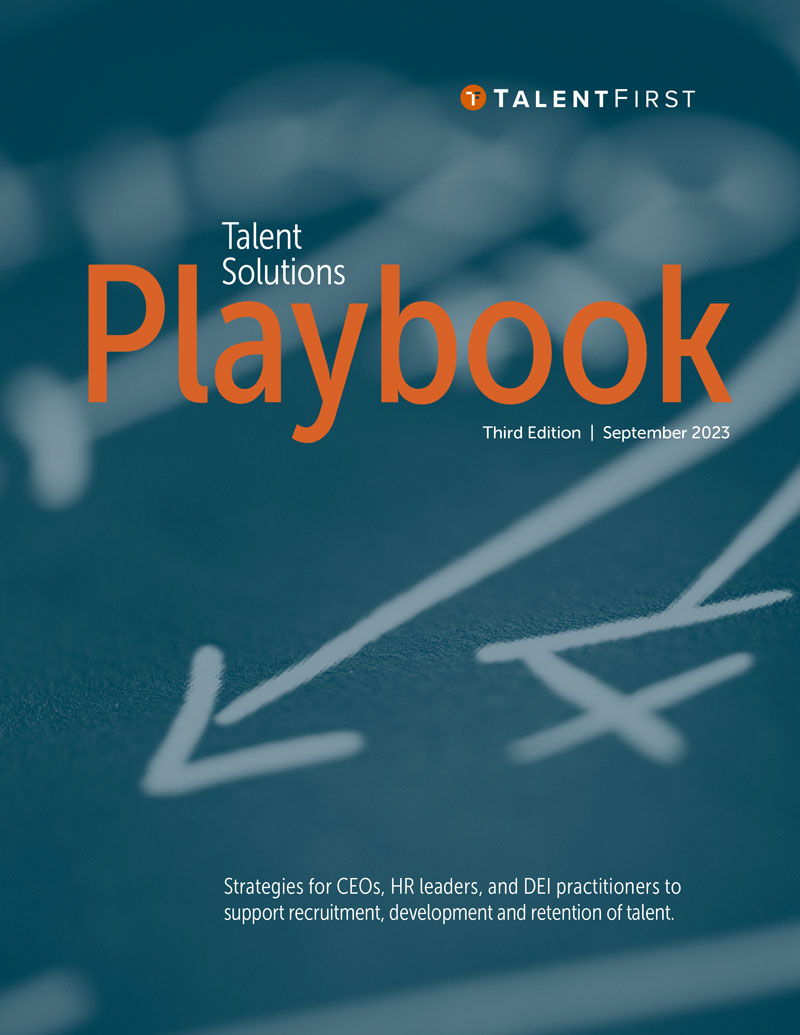Look for the Soft Skills
Skills tell what a person is able to do, while attitude (i.e., soft skills) determines what a person is willing and able to do. Soft skills are inherent and take time to develop, while technical skills can be learned relatively quickly. Hiring for attitude and training for skills is about relaxing job requirements – not standards – to find overlooked talent. Eliminating artificial barriers to entry, like traditional requirements for degrees or experience, will expand and diversify your talent pool. This is most impactful for entry and mid-career roles where degrees are often used as a proxy for soft skills.
The data shows the advantage of looking beyond credentials:
- 86% of new hire failures are due to attitudinal deficits, compared to 11% for a lack of skills
- 54% of jobs in Michigan require skills training , but not a 4-year degree
- 2020 saw a 20% rise in the share of managers hired without a traditional 4-year degree
- Employees without a 4-year degree stay at companies 34% longer than those with a degree
- Over 1 in 5 (238,204) West Michigan residents have some college education, but no degree
- Employees who see opportunities to learn and grow are 2.9x more likely to be engaged
KPIs to Hire for Attitude, Train for Skills
Evaluating your selection process can help identify barriers that prevent potential talent from getting hired – or even applying. Some basic metrics can help employers to assess the company’s effectiveness of hiring for potential and training to address skills gaps. These are examples that can help employers to develop metrics to track and improve their company’s capacity to hire for attitude and train for skills.
Selection Ratio
The number of job applicants relative to the number of open positions.
A low selection ratio (number of open positions divided by the number of applicants) means hiring managers have a large pool of candidates to choose from and can afford to be more selective. Combined with accurate skills-based prescreening assessments, a low selection ratio can almost guarantee a high success rate for new employees.
- Are you effectively reducing barriers to entry in job postings to widen your candidate pool?
- Are prescreening assessments working effectively to reduce the burden on recruiters?
First-Year Attrition Rate
What percentage of new hires leaves after their first year?
Conduct exit interviews and read online reviews to determine why employees leave your organization.
- Do job descriptions properly convey responsibilities, expectations, and realities to new hires?
- Are screening methods working appropriately to select candidates with the right skills?
- Do candidates understand their skills and what they need to develop to progress in the organization?
Ramp-Up Time
How long does it take for a new hire to become productive?
Define productivity, identify training needs, and develop individual performance plans with SMART (specific, measurable, attainable, relevant, time-bound) goals.
- How is productivity measured for each role? What’s the ideal benchmark for ramp-up time?
- Are new hires equipped with a customized training plan designed around their skills and deficits?
- Do you have an “early warning” system to know if someone is off track before it’s too late to fix it?
Workforce Diversity & Inclusion
How are you measuring the diversity and inclusion of your workforce?
Define your organization’s DEI “why” and create meaningful metrics with quantitative and qualitative measures that lead to impact.
- Do you track race, ethnicity, and gender demographics for your workforce, levels of leadership, new hires, promotions, and turnover?
- Do you administer an engagement survey that measures employee attitudes and the human experience of what it’s like to work for your company?
- Do you offer programs that support the development needs of underrepresented talent (i.e., internships, sponsorships, mentorship, affinity groups?)
